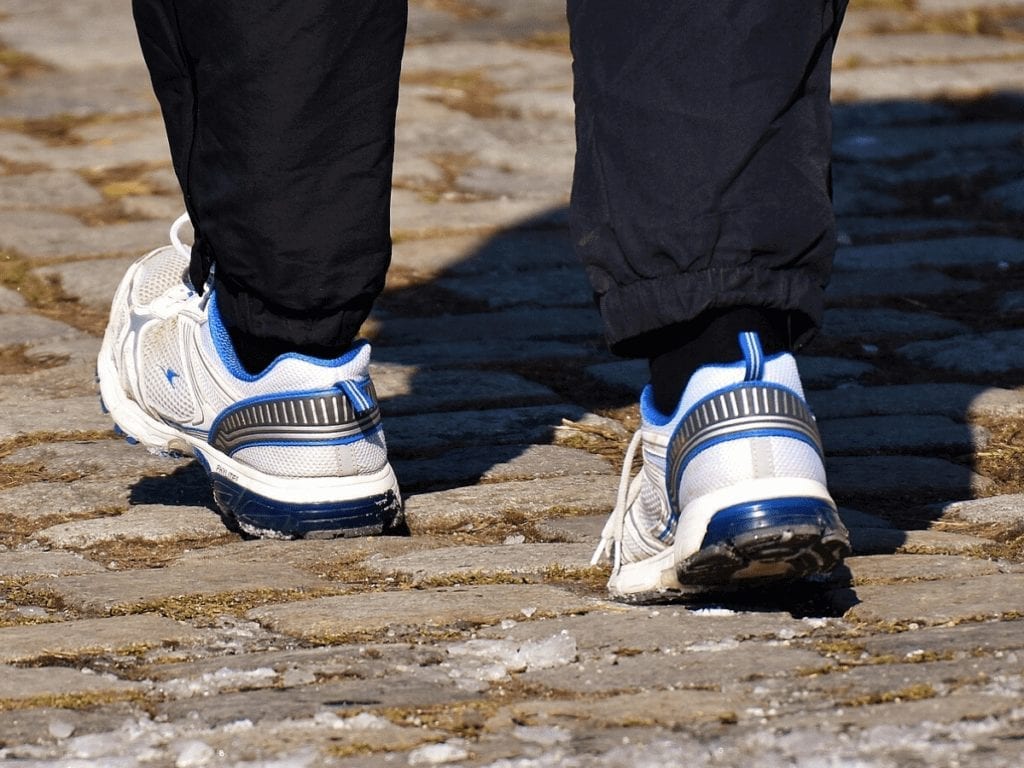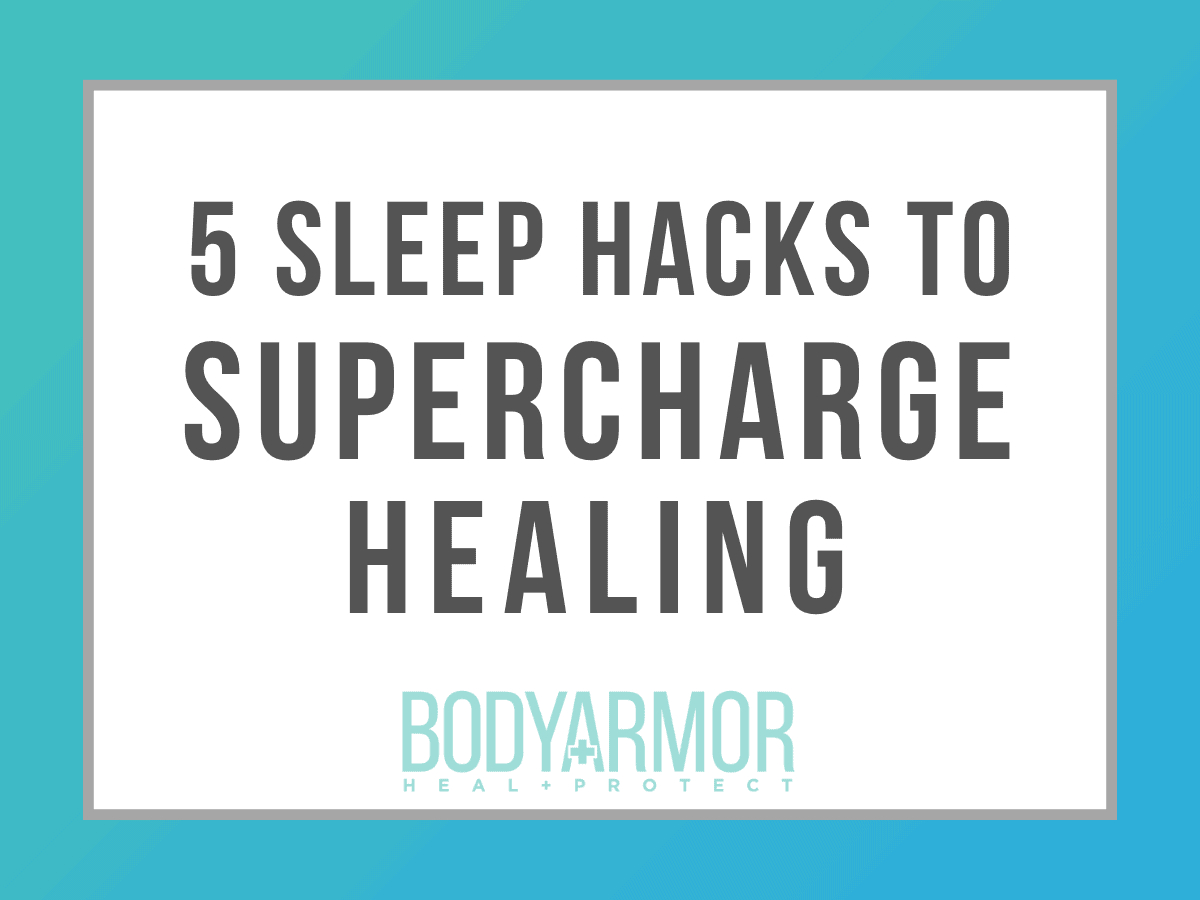
Exercise has been shown to reduce the risk of cardiovascular disease, diabetes, cancers, and countless other health conditions.
And in addition to increasing overall health and wellness, maintaining an active lifestyle is a powerful tool that enhances several aspects of the wound healing process.
Here’s why physical exercise should be an essential component in your wound healing routine!
Increased blood flow & oxygenation
Poor circulation slows wound healing and can even contribute to the development of new wounds. During physical activity, blood flow increases to wounded tissues. This delivers more of the essential nutrients and oxygen needed to rebuild healthy tissue.
Exercise also increases systemic blood flow, which carries waste products and free radicals away from the wound and allows the liver to flush out toxins more efficiently.
Decreased inflammation
Engaging in physical activity has been shown to affect antibodies and cells involved with maintaining a healthy immune system. Exercise can also speed wound healing by regulating the body’s inflammatory response and reducing oxidative damage.
Physical activity stimulates the release of anti-inflammatory cytokines that help control the release of chemicals and cells involved with inflammation. This action is especially important during the initial phases of wound healing, since excessive inflammation delays the healing process. And when a wound heals faster, it lowers the risk of infection and other complications.
Enhanced cardiovascular function
Effective wound healing relies largely on the cardiovascular system functioning optimally. Existing arterial or vascular issues limit blood flow and perfusion to the wounded tissue and increase the risk of developing new wounds.
Simply walking or performing seated lower leg exercises can help promote healthy circulation. These activities stimulate the calf-muscle pump, a mechanism in which one-way valves in the calf push blood back up to the rest of the body.
Exercise improves circulation, strengthens blood vessels and the heart, and supports overall cardiovascular health.
Collagen deposition & formation of granulation tissue
The body requires increased oxygen and energy (as well as other key components) in order to deposit collagen, form granulation tissue, and develop new blood vessels. Performing physical exercise helps meet this higher demand by delivering more oxygen to the injury where it’s needed to build and strengthen the new tissue.
Prevents future wounds
Prolonged inactivity due to immobility or a sedentary lifestyle increases the risk of tissue damage, especially in the case of pressure ulcers. But even light to moderate physical activity can reduce the risk of skin breakdown.
Exercise also strengthens muscles and supports mobility. As a result, maintaining an active lifestyle offers the added benefit of lowering the risk of traumatic wounds from falls and injury.
Supports positive mental health
An Ohio State University study found that in addition to speeding wound healing rates (by up to 25% for some participants), exercise may help to regulate cortisol levels and decrease stress.
Studies have also shown that physical activity results in chemical changes in the body that support emotional wellness, improve mood, and even help to reduce pain.
In addition, regularly engaging in physical activity improves sleep quality. This directly impacts wound healing due to the significant amount of restorative healing actions that take place during sleep.
There’s no one single thing that will heal every wound…But incorporating exercise into your wound healing routine (in combination with nutrition and appropriate topical wound care) can help boost your body’s natural healing.
Before making any changes to your activity regimen, be sure to consult your physician and/or physical therapist to make sure it’s safe for you and your wound.







